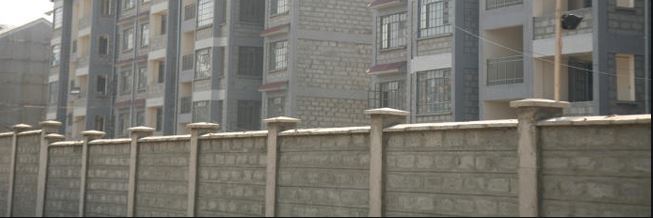
House prices in Nairobi’s high-end market fell by 5.4 per cent in the year to September, according to the Knight Frank Prime Global Cities Index (PGCI) for the quarter three of 2019.
Values of prime residential real estate continued to drop as the market softens, albeit at a slower pace compared to the 6.7 per cent in the year to June and 6.5 per cent in the year to March, as buyers sought opportunities in a market segment still influenced by oversupply and distressed properties.
The values have been declining at varied rates year-on-year successively since Q3 2016. However, values are still more than 30 per cent higher compared to Q4 2010, validating prime residential properties as a good investment for capital gains.
Prevailing macro- and micro-economic conditions coupled with an oversupply in the segment have resulted in a sustained price correction. Subsequently, buyers have control of the market.
Anthony Havelock, Head of Agency at Knight Frank Kenya, said: “We haven’t reached the bottom of the cycle yet and we expect to see further reductions in the near-term until the macroeconomic and local situations improve. One of the major issues right now is illiquidity in the market.”
The rising number of distressed properties in Nairobi has also affected prime residential values significantly, with lenders intensifying efforts to recover non-performing loans through sale of collateral.
“Deals are happening but are few and far between, and at discounted rates. It will take time for the economy to rebound considering it’s also not immune to external shocks,” he said.
However. the removal of the interest rate cap should see a return of liquidity to the market, which will in turn lead to a recovery in the medium term.
The price decline placed Nairobi 43rd amongst 45 cities covered by the index, demonstrating the ongoing pricing correction.
The PGCI is a valuation-based index tracking the movement in prime residential prices in local currency across 45 cities worldwide using data from the Knight Frank global research network.
According to the report, the change in prime prices for all 45 cities averaged 1.1 per cent in the year to Q3 2019, dropping from 3.4 per cent in a comparable period last year and 4.2 per cent in 2017, as the slowdown in global luxury residential markets gathered momentum.
“Despite a longer-than-expected period of loose monetary policy and steady wealth creation, luxury sales volumes are at their weakest for several years in many first tier global cities,” the report notes.
Slower global economic growth (the IMF lowered its 2019 forecast from 3.3 per cent to 3 per cent in October), along with escalating headwinds – US/China trade relations, Hong Kong’s political tensions, a US presidential election in 2020 and the Brexit conundrum – are influencing global buyer sentiment.
Stay informed. Subscribe to our newsletter
 The Standard Group Plc is a
multi-media organization with investments in media platforms spanning newspaper
print operations, television, radio broadcasting, digital and online services. The
Standard Group is recognized as a leading multi-media house in Kenya with a key
influence in matters of national and international interest.
The Standard Group Plc is a
multi-media organization with investments in media platforms spanning newspaper
print operations, television, radio broadcasting, digital and online services. The
Standard Group is recognized as a leading multi-media house in Kenya with a key
influence in matters of national and international interest.
 The Standard Group Plc is a
multi-media organization with investments in media platforms spanning newspaper
print operations, television, radio broadcasting, digital and online services. The
Standard Group is recognized as a leading multi-media house in Kenya with a key
influence in matters of national and international interest.
The Standard Group Plc is a
multi-media organization with investments in media platforms spanning newspaper
print operations, television, radio broadcasting, digital and online services. The
Standard Group is recognized as a leading multi-media house in Kenya with a key
influence in matters of national and international interest.






